“I grow for the intrepid gardener,” says garden designer and plantsperson extraordinaire Helen O’Donnell. She’s the co-owner of The Bunker Farm in Dummerston, Vermont, which sells a wide range of rare, unusual, and tried-and-true plants. “I don’t focus on what I think I can sell, but rather what I am most excited to plant,” she says. (Check out her 2023 plant list here.) O’Donnell grows almost her entire stock from seed, sustainably raising her plants so that they will look good and thrive in the garden, not just in their nursery pots. (Some places pump their plants with “steroids,” synthetic fertilizers, and growth hormones, and raise them in coddled settings so that they look good at purchase time, but aren’t necessarily strong and healthy for the long haul.)
O’Donnell, who’s been gardening since she was 15 years old, has a penchant for “boisterous plants,” those that haven’t been bred too much and have “wilder characteristics.” But she’s careful about what she sells, avoiding offering any invasive plants. “I also put a warning on aggressive native plants I am selling,” she says. “Fireweed, for example, is a wicked runner that can be aggressive in a garden bed.” But she notes, “many plants will behave differently in different gardens. It’s all about noticing what a plant does.”
For more than a decade, O’Donnell has also been designing gardens in New England, producing lush, plant-lover paradises in small plots and larger estates. “I try and find the feeling of a place,” she says of her process. “So much of good design work comes out of the maintenance and caring for the gardens, collaborating with clients, stone masons, other gardeners, and employees,” she says. “It’s a team effort.”
Her own garden, though, is a place to experiment, testing out varieties and plant combinations. She also practices a more laissez-faire approach to gardening there, letting annuals and biennials reseed themselves so they pop up in unexpected spots. “It feels like working with natural processes, playing around with chance as an element of design, or lack of one,” she says. “Of course, the gardener’s hand comes in periodically and rips out, say half the Verbascum, for example, but I get a thrill out of letting things happen.” She shares some of the fun plants and combinations growing in her own garden.
Photography by Helen O’Donnell.
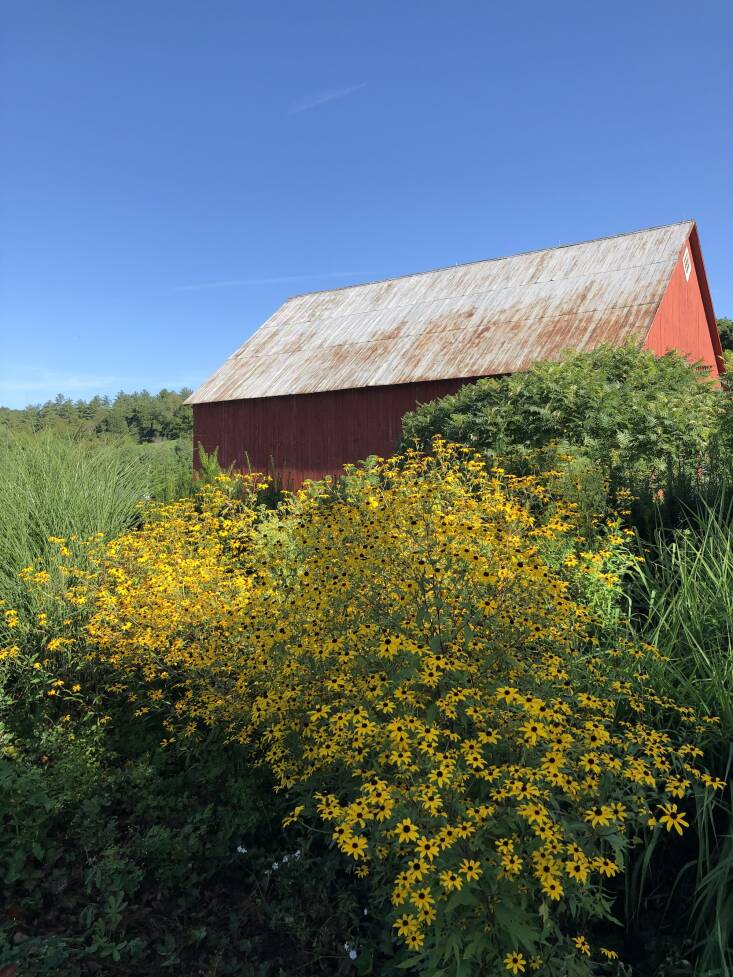
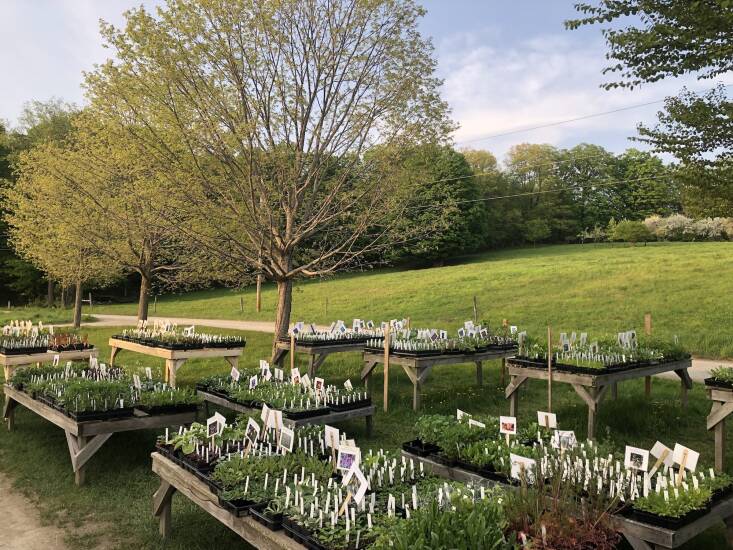
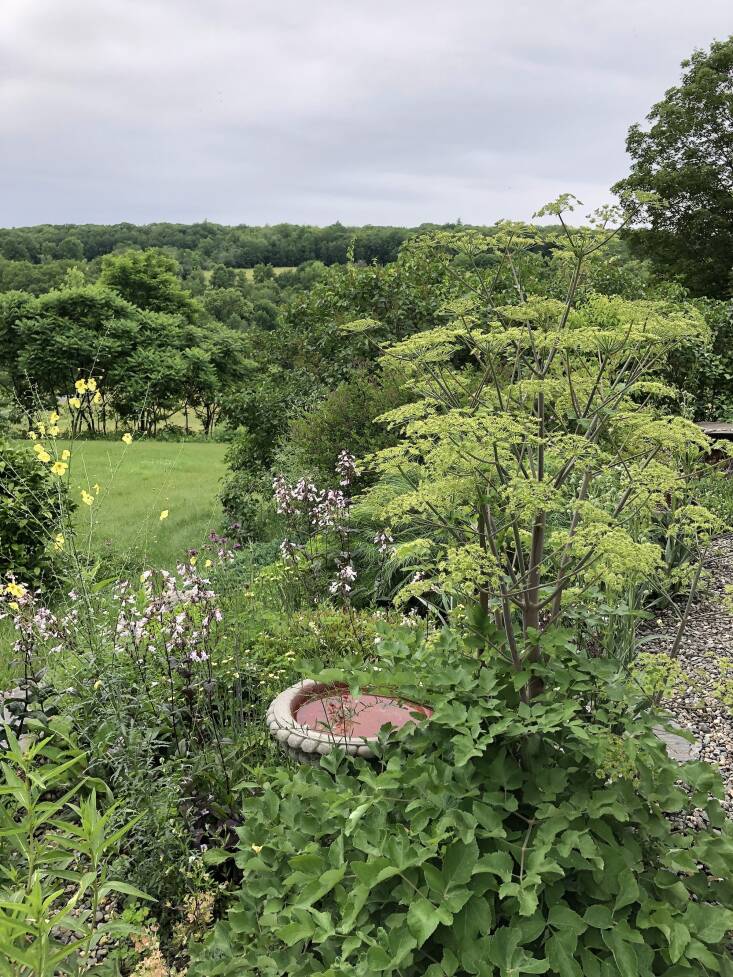
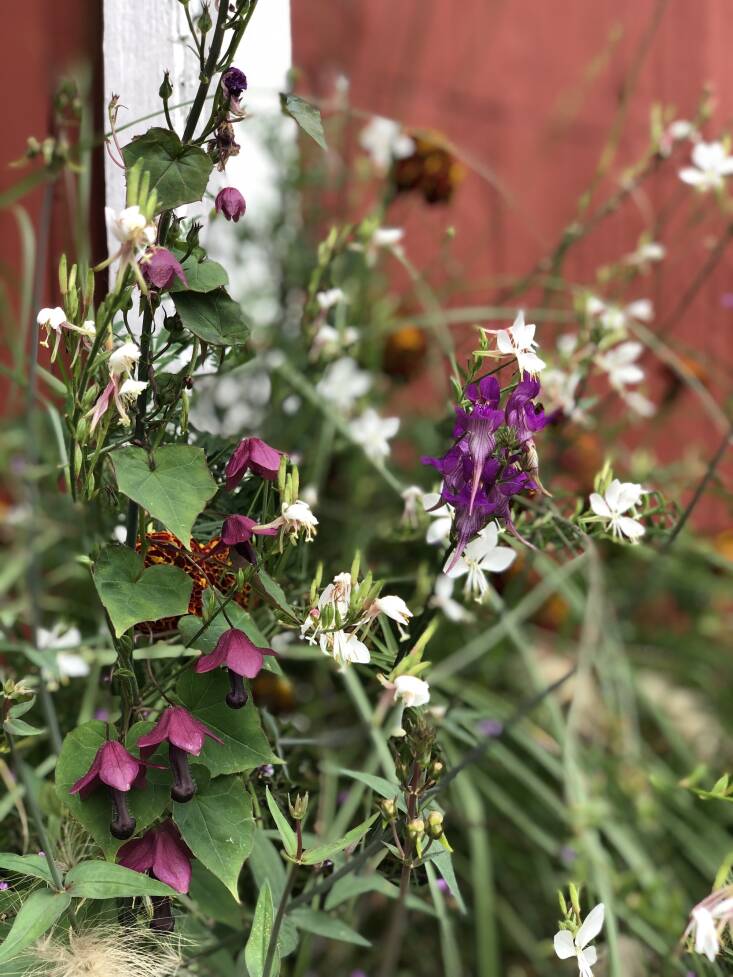
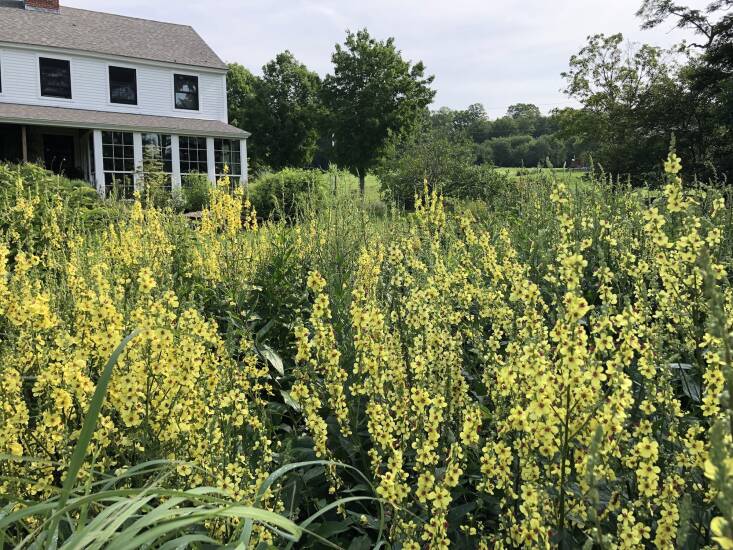
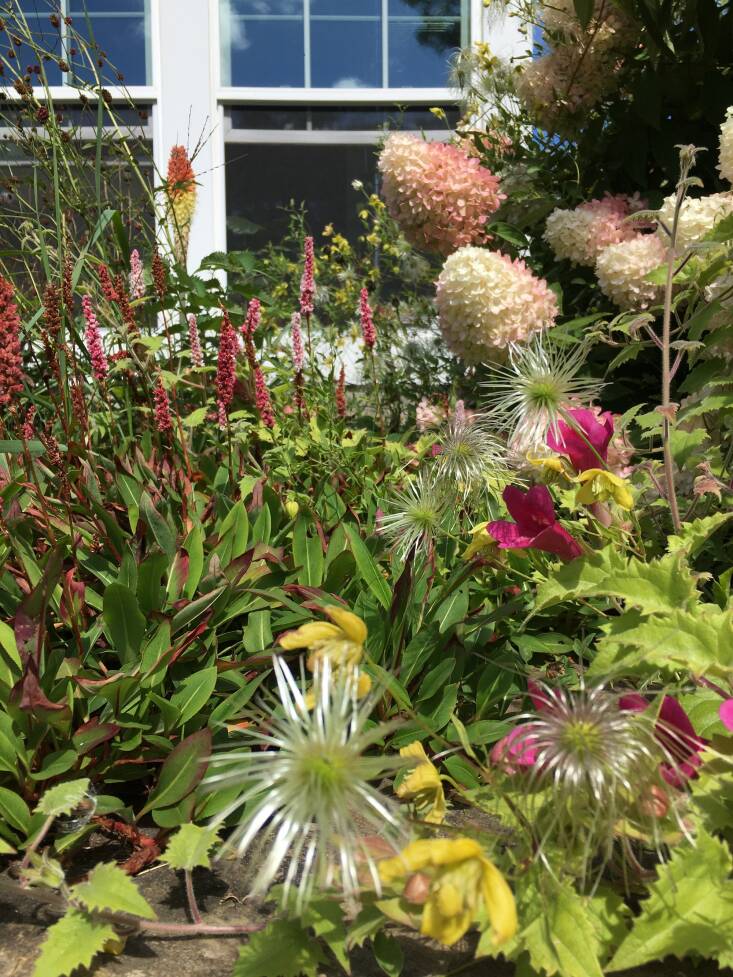
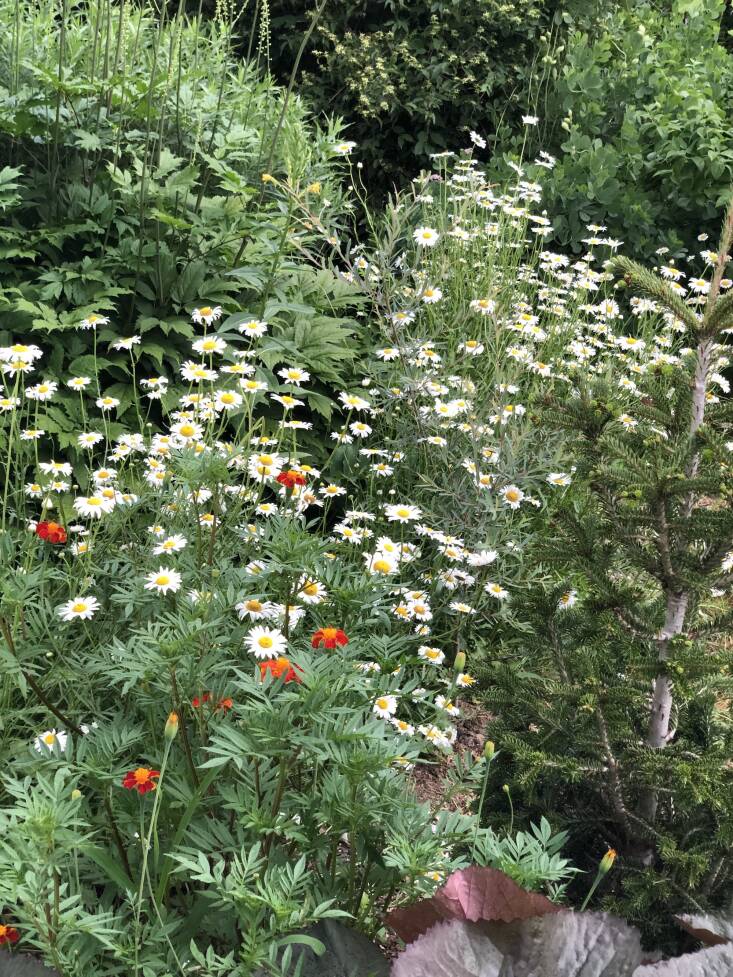
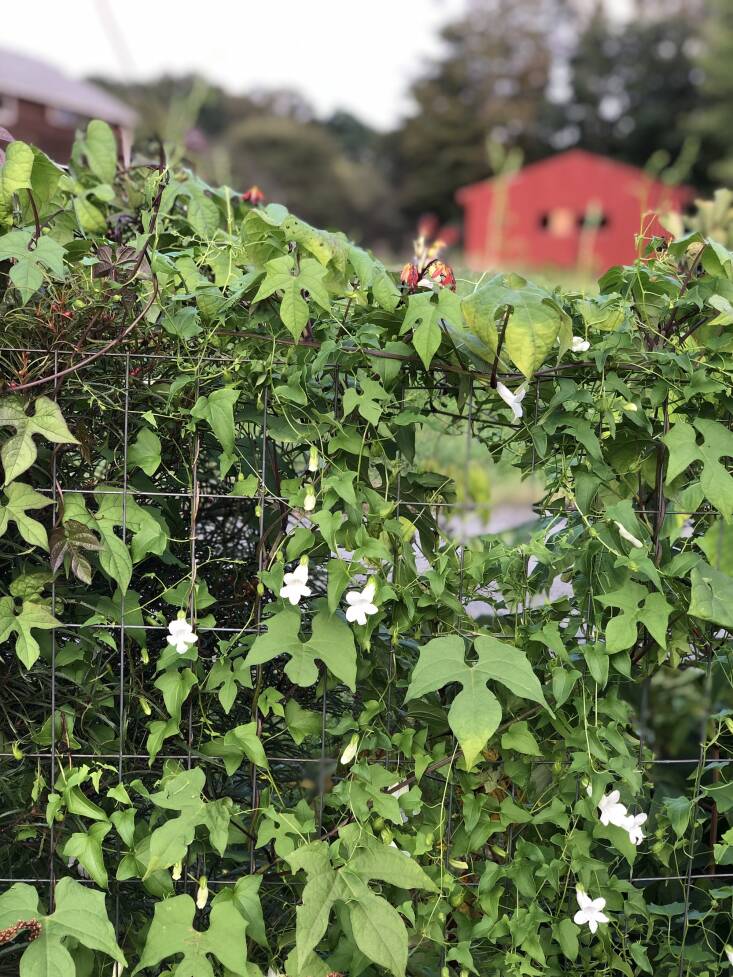
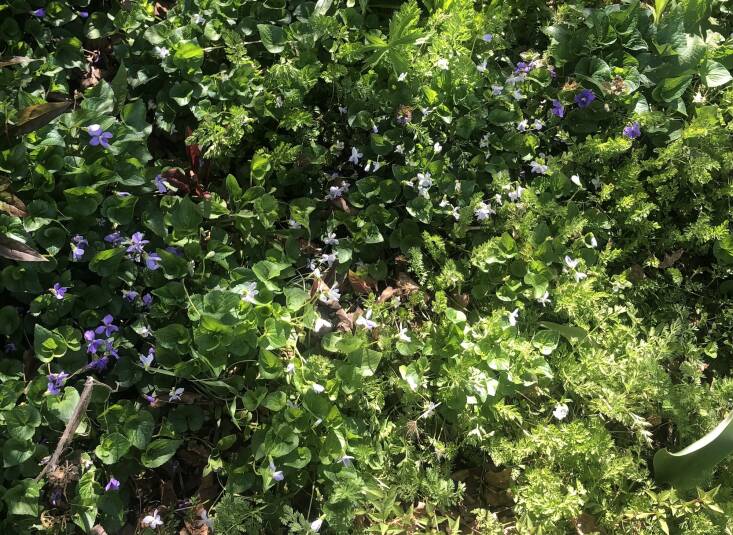
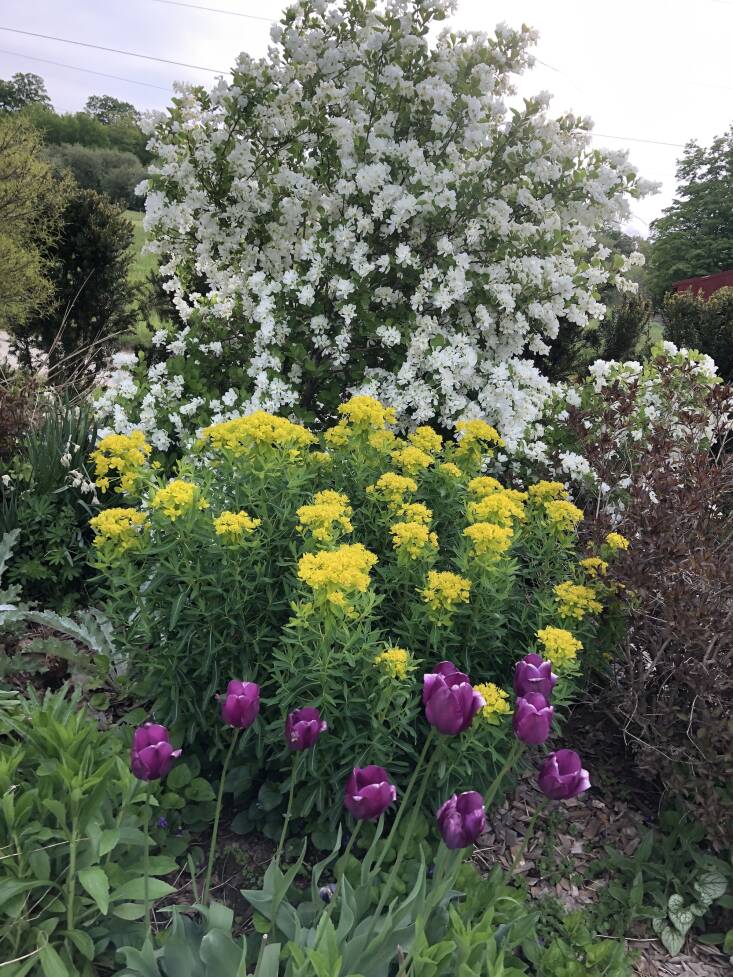
See also:
- One Cheese at a Time: Jasper Hill Farm and the Rise of Vermont’s Local Food Movement
- Garden Visit: Refugia’s Quiet Revolution in Philadelphia’s Suburbs
- Garden Visit: Native Flowers and Cor-ten Steel in a Santa Barbara Landscape Designed by Kathleen Ferguson
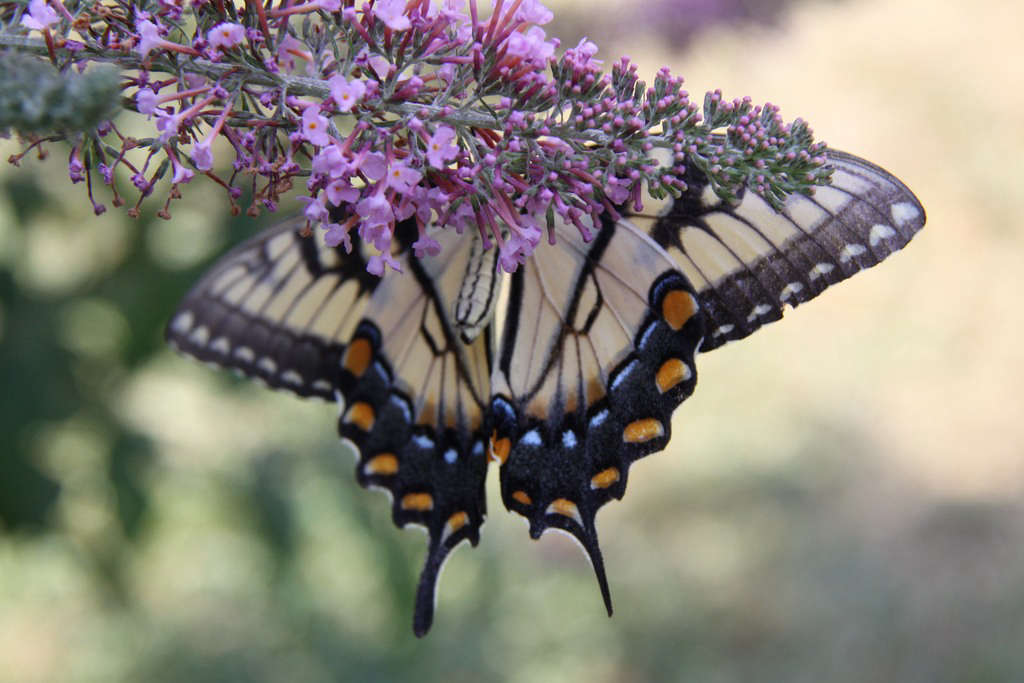
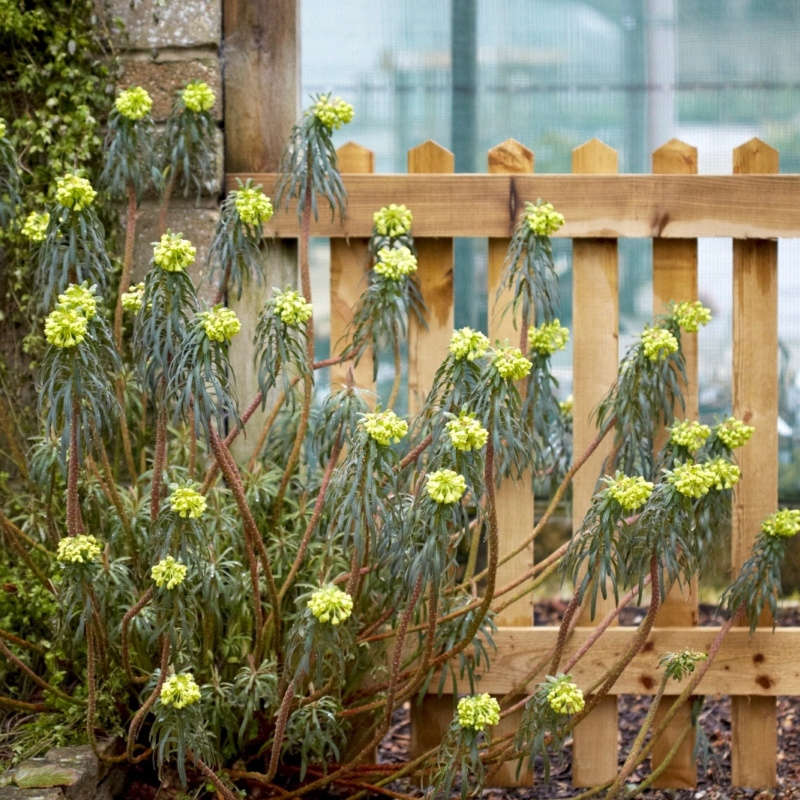
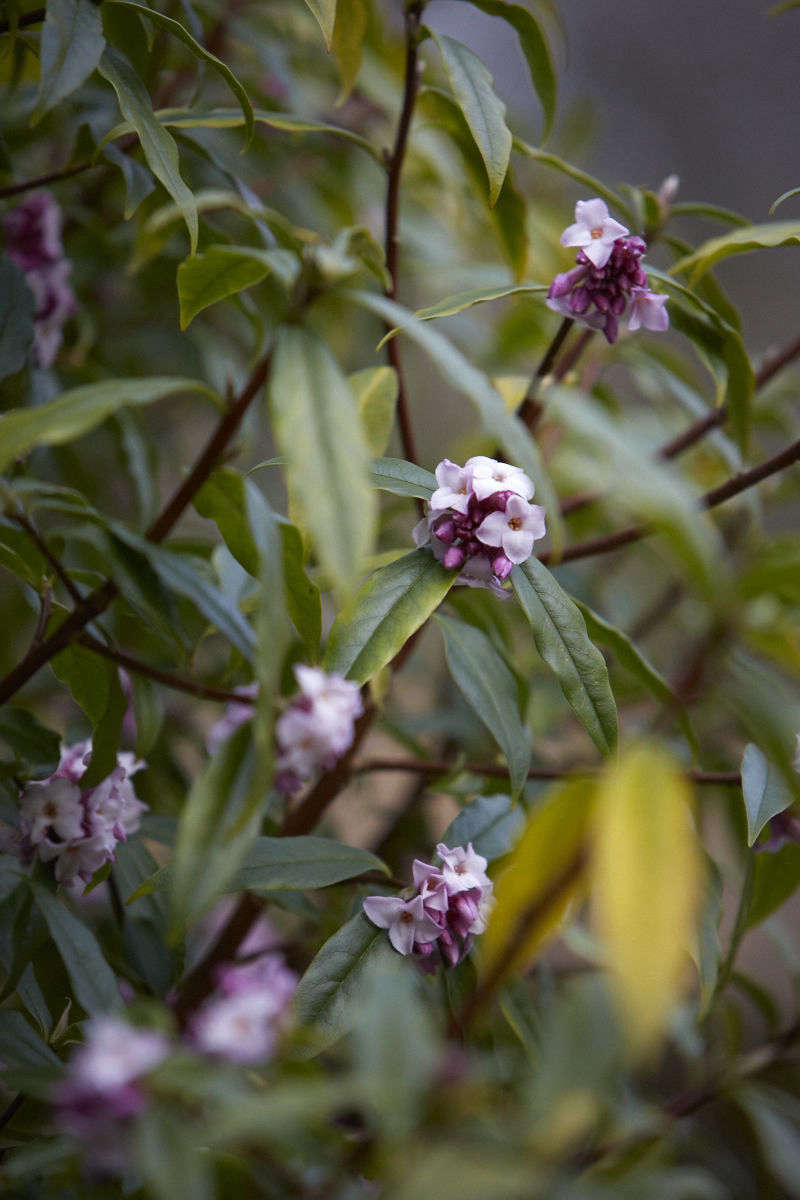



Have a Question or Comment About This Post?
Join the conversation